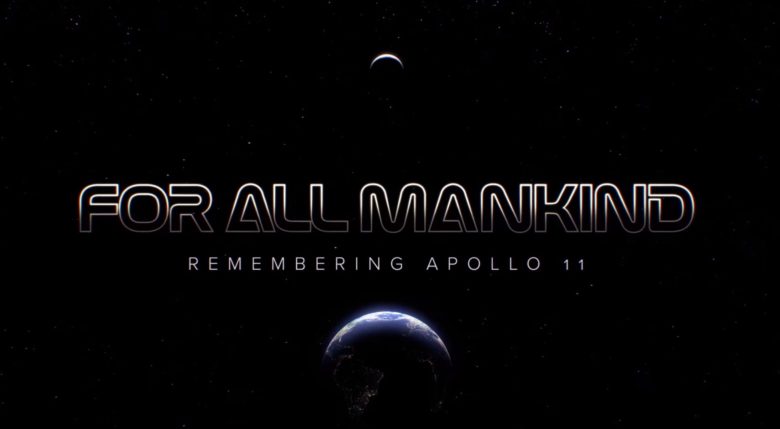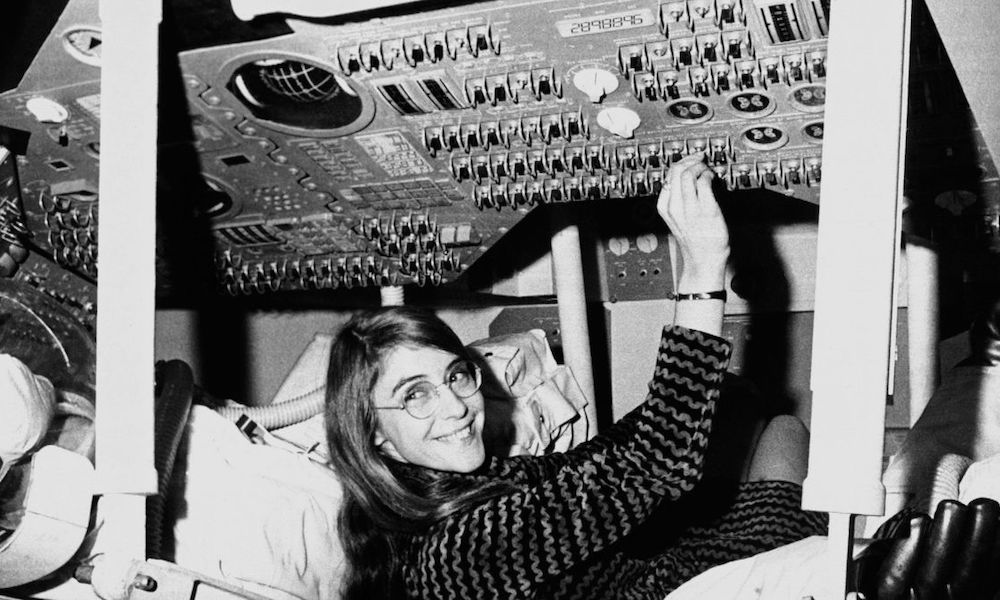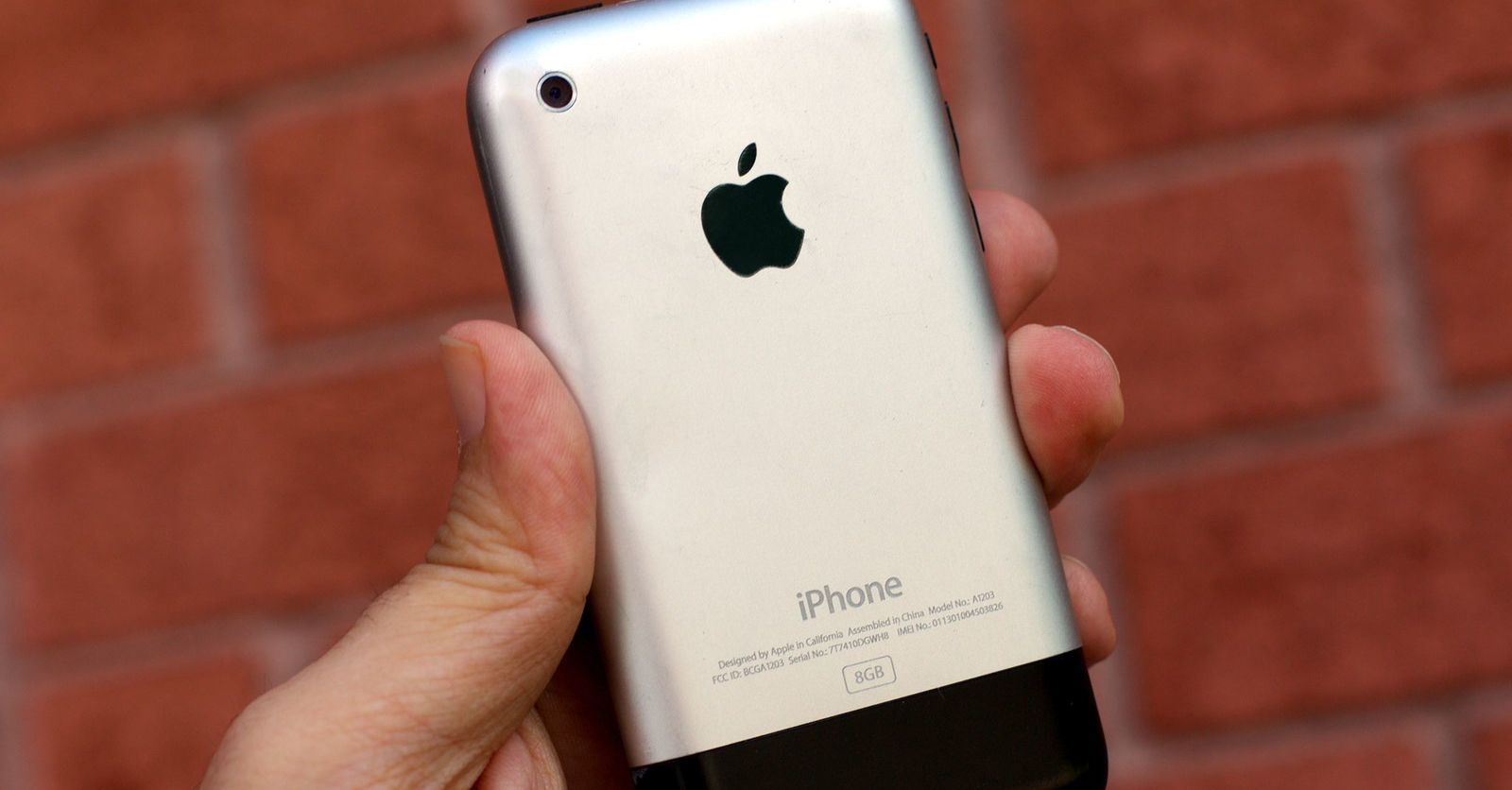Development is moving rapidly by leaps and bounds. However, we often realize the power of the computing device in our pockets only when directly compared to the computers that were able to navigate the entire Apollo 11 mission on its way to the moon.
This year is exactly 50 years since the Apollo 11 mission. On July 20, 1969, the crew took off towards our moon. Today, Buzz Aldrin and Neil Armstrong are among the legends of cosmonautics. They were aided in their mission by a navigation computer that did an excellent job.
It could be interest you

However, its dimensions and performance are astonishing today, especially when compared to the mobile technology we carry in our pockets. The parameters of your iPhone thus seem almost unbelievable next to the electronics of the time.

Professor Graham Kendall from the University of Nottingham compared the two computers. The results are very interesting.
The Apollo 11 mission computer had 32 bits of RAM.
The iPhone has up to 4 GB of RAM, i.e 34 bits.
This means that the iPhone has a million times more memory than the computer that sent men to the moon and back.
A standard letter of the alphabet such as "a" or "b" usually takes up 8 bits of memory. In other words, the Apollo 11 computer would not even be able to store this entire article in its memory.
The Apollo 11 mission computer had 72KB ROM.
The iPhone has up to 512 GB memory, that is, until 7 million times more storage.
The Apollo 11 computer processor had a clock 0,43 MHz.
The iPhone has a clock 2,49 GHz plus several cores. One thing the core is thus 100 faster, than the Apollo 11 processor.
We have computers a million times more powerful in our pockets, but they don't navigate anyone to the moon
Similarly, the ZME Science server tried to compare the performance, where they addressed the performance potential of the architecture itself. Unfortunately for the comparison used the older Apple A8 chipset, but it is sufficient for illustration.
The A8 architecture has roughly 1,6 billion transistors that handle 3,36 billion instructions in a single second. That's basically it 120 million times faster in processing operations, before the Apollo 11 computer handled it.
It could be interest you

Of course, all such comparisons are not fair. It's like comparing modern fighter jets with the Wright brothers' airplane. Still, it's worth thinking about.
We use the power of the iPhone to send photos to Instagram, to mutilate our faces. Meanwhile, a million times slower computer was able to successfully navigate the Apollo 11 mission to the moon and back. Such a mission would be a piece of cake for today's phones. Still, it hasn't flown anywhere for decades.
Source: iDropNews
why do you mention RAM in bits? To make it look like a bigger number? Isn't it better to write that Apollo 11 had 4KB of RAM? Or just use bytes instead of bits?
For detailed info on the Apollo 11 computer, I highly recommend this video "Moon Machines: Navigation Computer (Part 3)", https://www.youtube.com/watch?v=-ePuqqUZQ24.
The whole "Moon Machines" series is great.